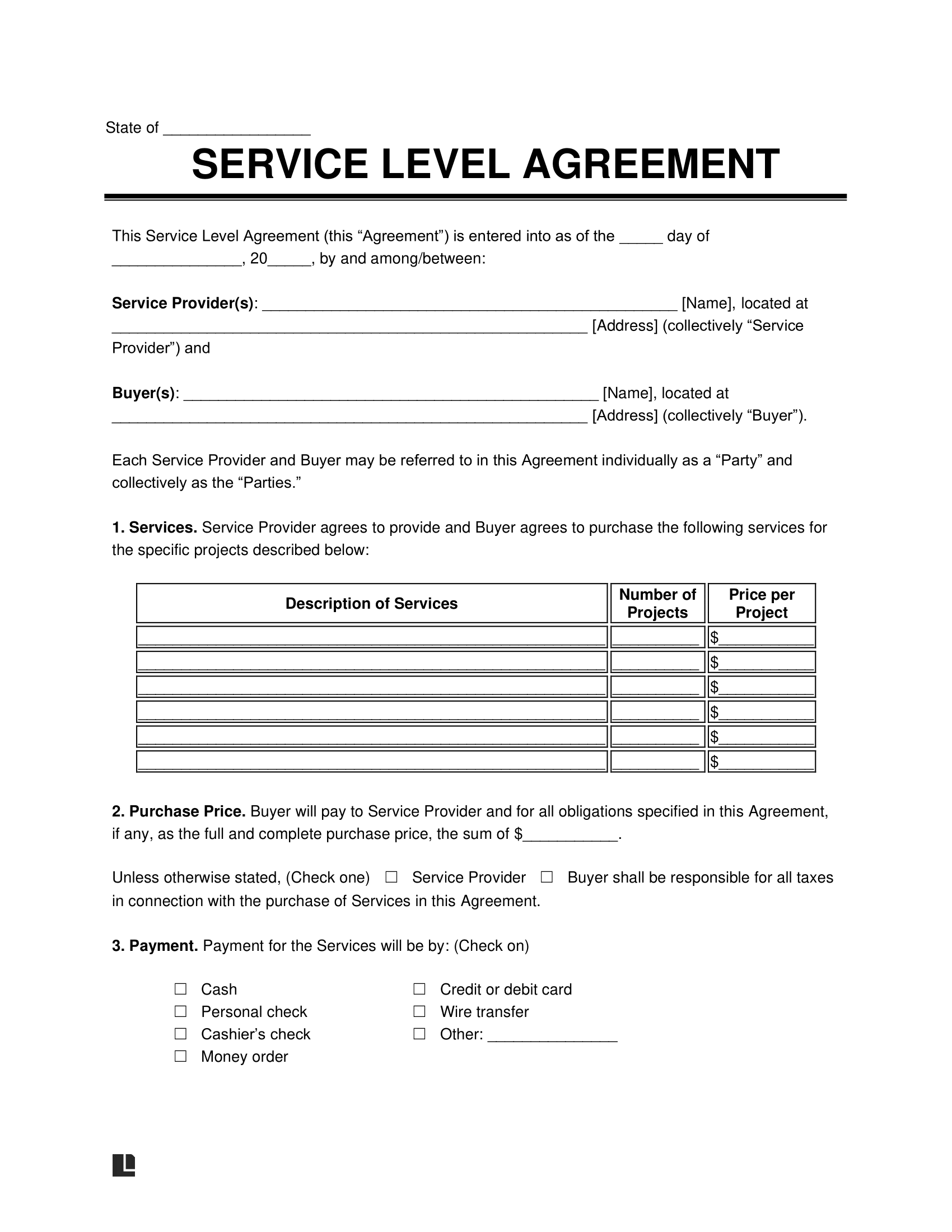A service level requirements (SLR) template is a valuable tool for businesses and organizations seeking to establish clear and measurable performance standards for their services. It provides a structured framework to define the specific requirements that must be met by service providers and aligns expectations between customers and providers. By utilizing an SLR template, businesses can streamline communication, ensure that key service aspects are addressed, and foster a collaborative relationship with their service providers.
SLR templates typically include sections that cover essential aspects of service delivery, such as availability, performance, support, and security. By defining these requirements upfront, businesses can reduce the risk of service disruptions, improve customer satisfaction, and optimize overall service performance. An effective SLR template serves as a roadmap for service provision, ensuring that both parties work towards a common goal and share a clear understanding of the expected outcomes.

Developing a Comprehensive SLR Template
Creating a comprehensive SLR template involves a collaborative process that engages key stakeholders from both the customer and provider organizations. It is essential to gather input from various departments, including IT, operations, and customer support, to ensure that all perspectives are considered. The following steps provide guidance in developing an effective SLR template:
1. **Identify Key Service Objectives:** Determine the most critical aspects of the service that require clear performance standards. Consider factors such as availability, response time, security, and reliability.
2. **Establish Performance Metrics:** Define specific metrics that will be used to measure service performance against each objective. These metrics should be quantifiable, measurable, and aligned with the organization’s business goals.
3. **Set Service Level Targets:** Determine realistic and achievable performance targets for each metric. These targets should be challenging but attainable, ensuring that the service meets customer expectations.
4. **Include Reporting and Monitoring Mechanisms:** Specify the process for reporting service performance, including the frequency and format of reports. Establish clear accountability for monitoring and addressing any deviations from performance targets.
5. **Incorporate Service Escalation Procedures:** Outline the process for escalating issues and resolving service disruptions in a timely manner. Define escalation paths and responsibilities to ensure prompt and effective resolution of performance issues.
Leveraging an SLR Template
Once the SLR template is established, it becomes a cornerstone for managing service delivery and ensuring stakeholder satisfaction. Its benefits extend beyond the initial service setup and play a crucial role in ongoing service management:
1. **Clear Communication and Alignment:** The SLR template serves as a common reference point for both customers and service providers, fostering a shared understanding of service expectations and reducing the risk of misunderstandings.
2. **Objective Performance Measurement:** By defining specific performance metrics, businesses can objectively assess the service provided and identify areas for improvement, ensuring that service delivery is continuously optimized.
3. **Accountability and Ownership:** The SLR template establishes clear accountability for service performance, empowering both customers and providers to monitor progress and address any deviations from agreed-upon standards.
4. **Proactive Issue Resolution:** The inclusion of escalation procedures enables the prompt and effective resolution of service disruptions, minimizing business impact and maintaining customer satisfaction.
5. **Continuous Improvement:** Regular reviews of the SLR template allow businesses to refine performance standards, metrics, and processes based on changing business needs, customer feedback, and industry best practices, ensuring that the service remains aligned with evolving requirements.
Conclusion
A well-crafted service level requirements template is an indispensable tool for businesses and organizations seeking to optimize service delivery and enhance customer satisfaction. By providing a structured framework that defines clear performance expectations, an SLR template fosters collaboration between customers and service providers, reduces the risk of service disruptions, and enables continuous improvement. It serves as a vital component in ensuring that services meet business objectives and deliver value to end-users.
By embracing the use of an SLR template, businesses empower themselves to proactively manage service performance and drive ongoing improvements, ultimately enhancing customer loyalty and achieving long-term success.